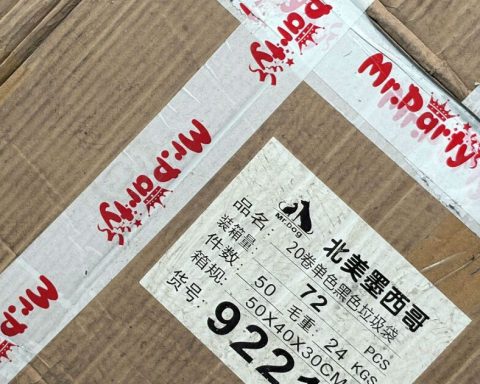Based on the export figures of recent years, The board of directors of the Uruguayan Wool Secretariat (SUL) estimated this week that there are some 30 million kilos of unsold wool in the hands of producers and barracks in Uruguay.
The majority corresponds to thick wool, from 28 microns upwardsthose that have had less demand and whose price has dropped between 20% and 30% in the last year alone.
“They continue with a rather difficult trend in placement and with prices that do not seduce the producer at all,” he said.
In the last weeks the market “has not accelerated” and “continues with the imprint and business flow that we brought,” said Rodrigo Granja, director of SUL.
For fine wool, “during the start of the year there were good values that satisfied the producers, it is the wool that has been doing business and the one that the country has been exporting,” he said.
Alternatives are being sought for those thick woolsboth from companies dedicated to marketing and breeders’ associations.
The posibilities They range from traditional yarns to other uses, such as the use of thick wool in construction panels..
OE
This week the Australian markets returned to trading after a brief recess, with the most pronounced decline of the current harvest, due to the devaluation of the Australian currency against the dollar.
The Eastern Markets Indicator (IME) fell 30 cents (3%) and returned to January values. It closed the week at US$ 9.80 per clean base kilo, with good demand and quick placement. The adjustment percentages were the same in all finenesses and breeds.
“The challenge ahead will be to see if we adapt to a new reality of prices and trade at these values, or are we still waiting for a move from the international industry that will move the price of these wools, which for now is not in sight”Farm noted.


















